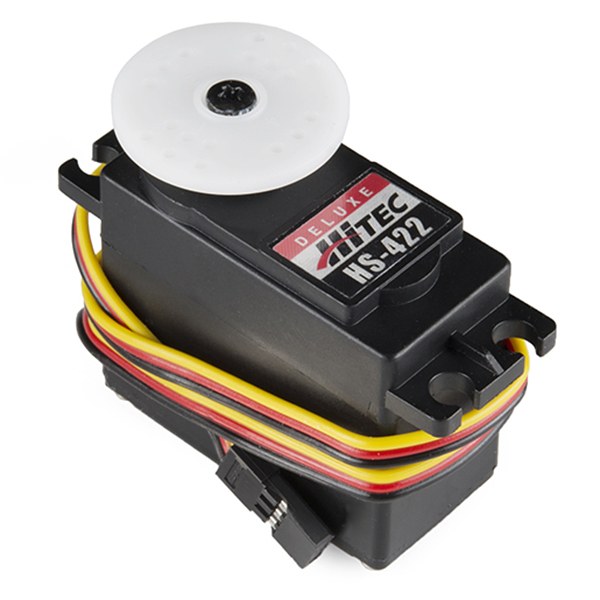The appointment and composition of
If the control signal specifies the angle of rotation of the output shaft of the engine, performs the conversion in the applied voltage. Feedback is performed with sensor measurements of one of the output parameters of the engine. The value of the sensor is processed by the control unit, followed by adjusting the operation of the servomotor.
Structurally, the servo is an Electromechanical node, the elements of which are placed in a single package. Part of the servo includes a motor, reducer, sensor, and control unit.
The main characteristics of the servo is working voltage, speed, torque, and constructive solutions and materials used in a particular model.
Features of design and operation
Modern servos are used 2 types of electric motors – with a core and with a hollow rotor. The motors have a rotor core with a coil around which the magnets are positioned DC. Features of this type of motors is the occurrence of vibrations during the rotation of the pendulum, which somewhat reduces the accuracy of angular displacement. Motors with hollow rotor deprived of this shortcoming, but more costly in connection with complication of manufacturing technology.
The servo gearboxes are used to reduce speed and increase torque on the output shaft. Reducers servos, in most cases, consist of cylindrical gear drive, gear is made of metal or polymer materials. Metal gearboxes are more expensive, but stronger and more durable.
Depending on the required accuracy in the design of the servos can be used plastic bushings or ball bearings for orientation of the output shaft relative to the housing.
Also the servos are distinguished by the type of control unit. There are analog and digital blocks of servo control. The digital unit allows for a more precise positioning of the working body of the servo and the high speed of the reaction.
